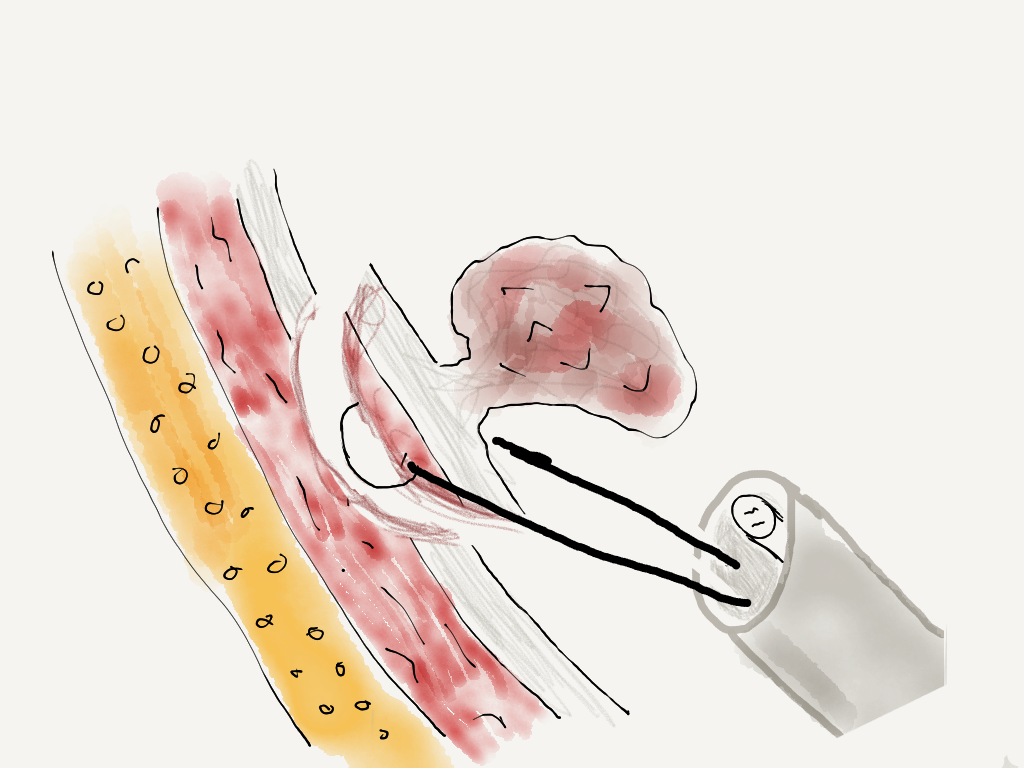Bladder Cancer
Bladder cancer is one of the more commonly diagnosed cancers in the United States, with more than 80,000 new cases expected this year. 500,000 bladder cancer survivors live in the United States today.
Bladder cancer is the fourth most common cancer in men and ninth in women. Most cases are diagnosed in patients over the age of 55.
With early diagnosis bladder cancer is treatable.
Quick Links
Video
Audio
PDF Downloads
Transurethral Resection of Bladder Tumor
The first step in diagnosis is typically a resection of the bladder tumor, called a transurethral resection of bladder tumor. The video describes the procedure and its risks and benefits.
Types of Bladder Cancer
Superficial, Low Grade
Many bladder tumors begin as a polyp, or a papillary tumor (on a stalk). Some are slower growing (low grade). These types of tumors are removed completely by transurethral resection, have low risk of progression, and most often do not need further treatment.
Superficial, High Grade
Tumors that are faster growing (high grade) may still be superficial in nature, and removed completely by a transurethral resection. The high grade tumors must be monitored closely because they recur more frequently and grow faster than lower grade tumors
Non-muscle Invasive, T1
Invasive tumors begin to invade into the bladder wall itself. Invasion into the lamina propria connective tissue layer of the bladder suggest a more aggressive form of the bladder cancer and needs further treatment such as repeat resection of the tumor area, BCG treatments and possible chemotherapy.
Muscle Invasive and Beyond
When a bladder tumor becomes muscle invasive then more aggressive surgery, chemotherapy or radiation treatments are needed.
Advanced, Metastatic Cancer
In advanced disease, chemotherapy is used. Sadly, advanced bladder cancer has a very high rate of morbidity and mortality.
Upper Tract Tumors of Ureter and Kidney
The same type of cells that line the bladder also line the ureter and the kidney. these are tumors that are not as common, but must be treated aggressively.


